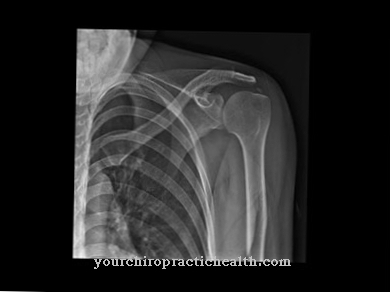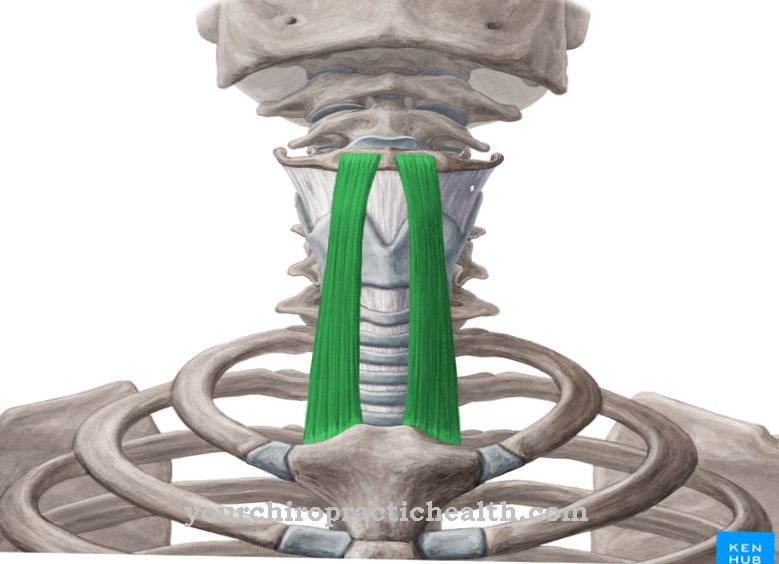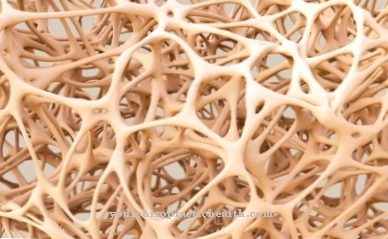Of the Supination wedge is an orthopedic component that is used in shoe and insole technology and turns the foot outwards around its longitudinal axis. The wedge weakens pronation positions of the foot and leads to supination. The component is mainly used in cases of hyperpronation of the foot and the resulting functional restrictions when rolling.
What is a supination wedge?

Misalignment of the feet is a common disease. In addition to congenital deformities, there are also acquired foot deformities, which are often associated with previous trauma to the foot bones. Many of the misalignments result in functional disorders of the foot, including when rolling.
There are various non-invasive methods available for treating foot deformities. Posture correction through medical insoles is one of them. In order to turn the foot outwards in its longitudinal axis and thus facilitate rolling, the supination wedge is used in addition to insoles.
The wedge attaches to the medical pad and raises the inner edge of the foot while the outer edge is lowered. The supination wedge is to be differentiated from the pronation wedge, which is also used for foot malpositions. Orthopedic shoe technicians usually provide both types of wedges as additions to different types of insoles.
Supination wedges not only help to avoid pain and unwinding errors. To a certain extent, they also prevent secondary diseases that could develop from the misaligned foot, such as osteoarthritis. The wedge is also called medial subtalar pad or medial heel wedge designated.
Shapes, types & types
As a rule, supination wedges must be precisely ground in. The goal is a wedge that ideally adapts to the needs of the individual insert carrier. The height, length and proportions of the wedge therefore differ from patient to patient.
In addition, the tools of the wedge differ with the type of insert to which it is attached. Not every type of medical inlay is offered with a supination wedge. Insoles for athletes are widespread, as correct rolling is required, especially during sport.
In most cases, the supination wedge is made of cork, but materials such as felt are also conceivable. Cork consists of air-filled dead cells. Breathing is possible through these cork pores. The material is a rather gentle correction material, as it has elastic properties in addition to a support function and can therefore adapt to the foot.
Compared to this, plastic is much harder and more resistant. The elasticity and adaptability to the foot would therefore not be sufficient with supination wedges made of plastic. Cork-leather insoles are therefore called "bed insoles" for good reason. Plastic material embeds less than it resiliently corrects.
Structure & functionality
As the name suggests, supination wedges have a wedge shape. The exact shape depends on the patient's foot and the corrective performance to be achieved. The supination wedge is fixed to the corrective insole by the orthopedic shoe technician in such a way that the wedge turns the foot outwards around its own longitudinal axis. The supination wedge thus lowers the outer edge of the foot and simultaneously lifts the inner edge of the foot.
The orthopedic-technical component is therefore used in the production of insoles to prevent or weaken the pronation movement. The supination in the foot is supported, or rather created, by the wedge. The position brought about in this way reduces the stress on the medial edge of the foot and also reduces stress intensities on the first beam. In return, the stress in the area of the lateral edge of the foot increases.
Due to their structure, supination wedges correct misalignments of the foot axis and thus reduce functional disorders in the rolling movement.
Medical & health benefits
The most common indication for the use of a supination wedge is hyperpronation. This is an excessive pronation of the foot, also known as a buckle foot. The articular surfaces of a buckle foot are at an unnatural angle to one another and the joints become loose and unstable in a sequence. The articulated foot is usually caused by a lack of exercise, which leads to a regression of the natural foot muscles. Often, the wrong footwear also contributes to the pathogenesis of buckled feet.
The supination wedge is often used not only to correct a bent foot, but also when the tibialis posterior tendon is overloaded. The tibialis posterior muscle is a muscle of the lower leg muscles and has a stabilizing effect on the arch of the foot. Misalignments can overload the tendon of the muscle so that there is a risk of secondary diseases. The supination wedge can be used to prevent such secondary diseases, as it weakens the pronation movement of the foot and the associated stress on the muscles.
In certain cases, the supination wedge is also used for complaints of the deltoid ligament. This anatomical structure is a strong triangular ligament that lies on the inside of the ankle and runs from the medial malleolus to the tarsal bones. If an unnatural elongation of the ligament occurs, the supination wedge can counteract the progression of this phenomenon.
In addition, complaints on the medial edge of the foot are an indication for the supination wedge. This area of the foot can be relieved by the supination element. Under certain circumstances, pronation malpositions of the foot also irritate the sesamoid bones in the foot area, which can be relieved with the supination wedge.
The component is also used for insoles in hallux valgus. In medicine, this means a misalignment of the big toe, which is angled laterally in the base joint and points with the tip towards the middle of the foot.

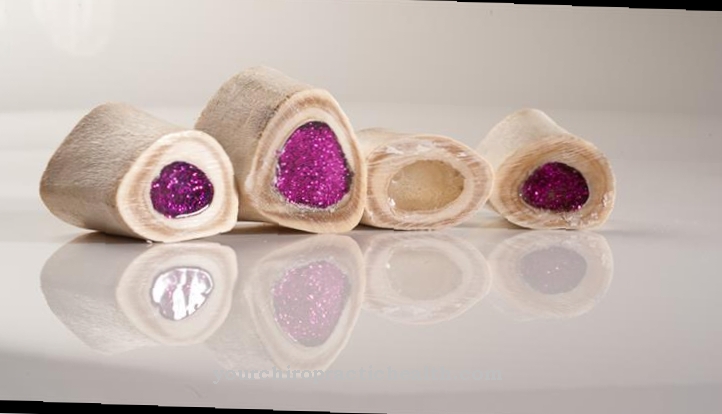
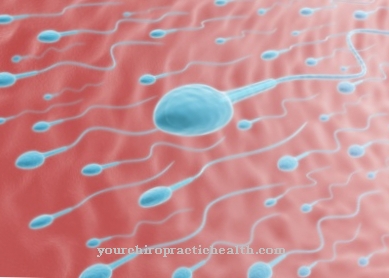
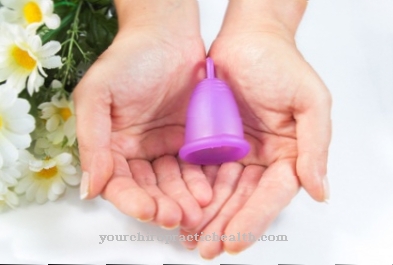
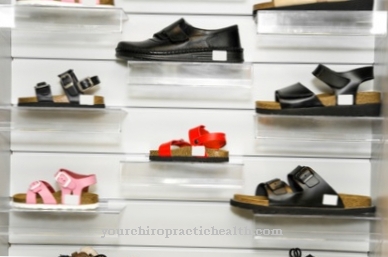
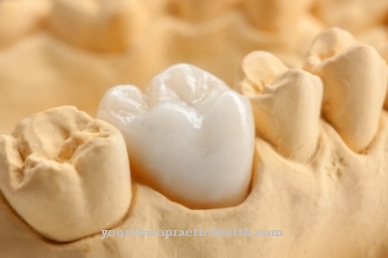
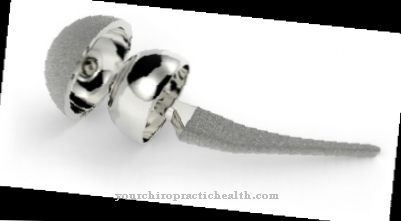

.jpg)





.jpg)






.jpg)

